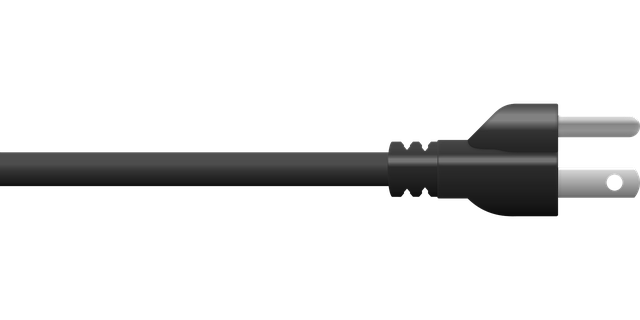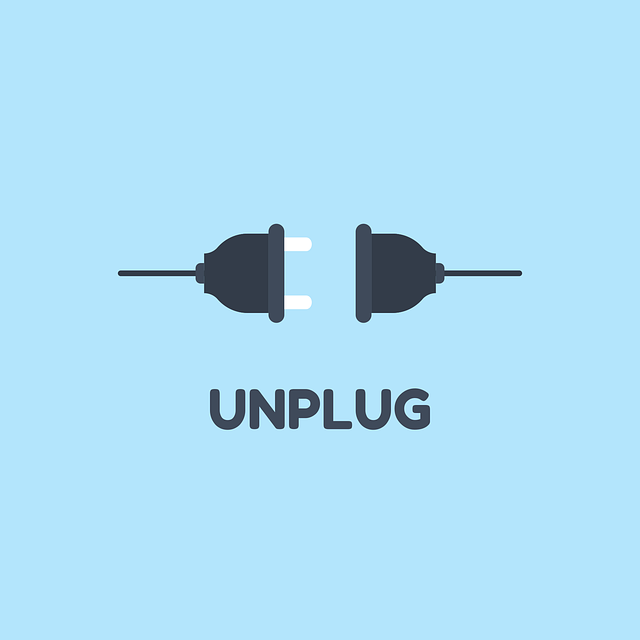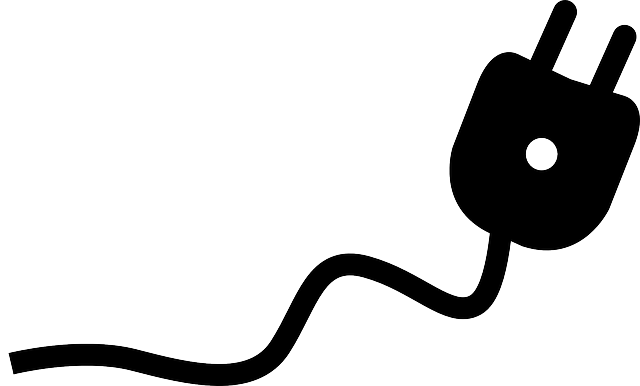When it comes to being eco-conscious, people expect that the federal and state governments will work to conserve and protect the environment. Still, the actions everyone takes within their personal and commercial properties can affect considerable change.
These can involve changing simple behaviors, making improvements around the household, and choosing smart products for the most energy efficiency and utility savings. Energy costs comprise a large percentage of a homeowner’s monthly expenditures.
It doesn’t take a lot of effort and requires minimal sacrifice to save considerably on your monthly obligations. It could be a matter of changing out a few lightbulbs, unplugging electronics not in use, turning off lights in rooms you’re not occupying, or new habits that lead to a reduced carbon footprint.
What Changes to Make in the Winter That Leads to Greater Efficiency

Winter saving electricity tips or spare strøm tips are often lost on property owners and renters, afraid that any changes they make in the frigid temperatures will mean a colder indoor temperature. Fortunately, energy efficiency isn’t about sacrifice.
When conserving, the idea is to modify your behavior, change habits while remaining comfortable, safe, and healthy. Here are a few strategies to conserve and save on utility costs during the brisk time of the year.
Work with your window treatments
It would help to have treatments like heavy drapes covering the windows to keep the frosty air out. However, on brilliant sunny days, part of your morning routine should be to expose the windows on the south-facing windows to allow the sun’s rays to fill the space.
This will naturally help the furnace to heat the home, saving the system from working as hard, conserving energy, and saving on utility costs. You’ll need to remember to close these before the sun goes down to keep the house at a set temperature.
Prevent heat loss
It’s suggested that roughly 30 percent of heat loss occurs through windows and doors. The NRDC- Natural Resources Defense Council indicates heat loss can be reduced by as much as 10 percent by closing curtains when the sun goes down in the wintertime.
Drapes should be hung close to the glass to prevent up to as great as ¼ of heat loss.
Additionally, contacting a utility professional to do an electricity audit can assist with finding energy wastes around doors and windows. The expert can see where caulking and weatherstripping need to be applied for the greatest protection.
According to the NRDC, you can save:
- Roughly 10 percent of escaped air by caulking annually
- Approximately 5 percent additionally annually through weatherstripping
Water Heater

Many people have their water heater set at too high of a temperature. You can save a considerable amount in utility costs by testing and resetting the unit. If the temperature is set at 140 degrees or higher, it should be reset to 120 degrees.
If you don’t feel comfortable making this adjustment, contact a professional to do an inspection and reset the temperature. Turning it back to this temperature won’t mean cold showers; they will still be comfortable, but you’ll save energy and costs.
Ceiling Fan
Ceiling fans can save energy throughout the year but are particularly beneficial in the winter months. These help to circulate the warm air forced into the space by the furnace when the temperatures outside dip.
In order for them to perform properly, the fan blades will need their direction reversed to have the warm air pushed downward. When looking at the fan from below, the blades should be spinning in a clockwise motion.
In the summer, you’ll want these to turn counterclockwise. This will pull any warm air up and away from the space, helping to circulate the cool air. Go here for energy-saving tips for spring.
Reduce the Temperature

According to the DOE- US Department of Energy, the HVAC system uses more energy and is responsible for over half the household energy expenses.
It’s indicated that lowering the thermostat setting by roughly 10 degrees over an 8-hour span each day can save as much as 10 percent annually on HVAC expenses.
If you have a programmable thermostat, adjustments are easy and straightforward, with the settings being lowered while away for work, on holiday, or when sleeping.
If you don’t have a programmable thermostat, this is one change you can make toward becoming energy efficient and seeing the greatest savings.
Preventive maintenance
A priority with an HVAC system to ensure optimum efficiency is to enlist the services of a qualified professional repair and maintenance contractor for preventive inspections and routine maintenance at least once each year.
The expert will find early signs of deterioration or possible defects and make the necessary corrections to avoid energy wastes.
Unplug

Any electronics, especially portable space heaters, should be turned off and unplugged before falling asleep for the night. When you leave the room or stop using a device, avoid leaving it in idle mode since it will still be using electricity. The same is true for small appliances, including the microwave.
This phantom energy can make up a significant portion of your electric bill. You can save considerably by plugging into power strips and turning these off when you’re through using appliances, electronics, heaters, and other devices responsible for wasted energy.
Final Thought
More people are becoming energy efficient and are concerned about avoiding wasted electricity. The priority for most is to develop new behaviors, reduce and conserve power usage primarily in an eco-conscious effort, and, in turn, save on utility costs.
Contact a certified utility professional for an energy audit if you need help figuring out where to start. The expert will do a thorough inspection to recommend improvements in your habits, show where energy is being wasted, and how to make effective corrections.
The example you set in your home can encourage neighbors and others in your community to start making changes in their homes and businesses. It’s one step that can effect a considerable change.
Also read:
5 Best Home Improvement Lighting Techniques
How Ecolum Lighting Can Improve Your Productivity
